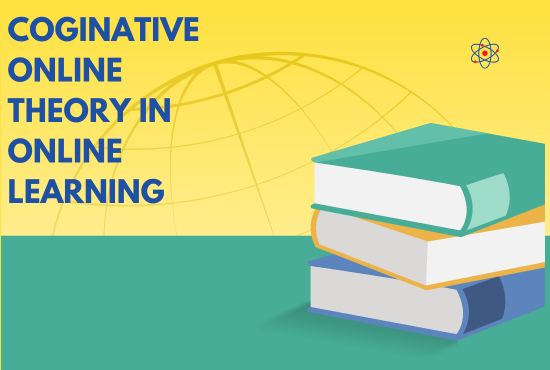The Role of Data Analytics in Education
Updated: 04 Jul 2025
The Role Of Data Analytics In Education
Data analytics has become a crucial tool in education, transforming how schools and educational institutions operate, how teachers assess student performance, and how administrators make decisions. Here are some key roles data analytics plays in education:
1. Personalizing Learning
- Data analytics allows for personalized learning experiences by tracking students’ progress, preferences, and learning styles. With this data, educators can tailor lessons and materials to suit individual student needs, ensuring that no one falls behind and that students receive the support they need to thrive.
- It also helps identify students who are struggling and provide targeted interventions early on, preventing them from falling further behind.

2. Improving Student Performance
- By analyzing data from tests, assignments, and classroom participation, educators can identify patterns in students’ strengths and weaknesses. This data-driven insight helps teachers make informed decisions about where to focus instructional efforts.
- Predictive analytics can also forecast which students are at risk of underperforming, allowing for proactive measures like tutoring, mentoring, or other interventions.

3. Improving Student Performance
- Administrators use data analytics to improve the overall efficiency and effectiveness of their institutions. By analyzing metrics like attendance, enrollment trends, dropout rates, and course completion rates, they can make better decisions about resource allocation, staffing, and curriculum design.
- Data also helps in identifying trends, such as why students are leaving a particular course or institution, enabling administrators to implement retention strategies.

4. Optimizing Curriculum Development
- Data analytics can highlight areas where the curriculum might be falling short in terms of student engagement or outcomes. This helps in continuously refining and updating the curriculum to ensure that it meets the evolving needs of students and industry requirements.
- Educators can analyze the effectiveness of various teaching methods and materials, iterating to find the most impactful approaches.

5. Improving Learning Outcomes
- With data on student performance, teachers can adjust their instruction methods in real-time. They can determine whether specific teaching techniques work better for certain topics or types of learners, ensuring the best possible outcomes for all students.
- For example, if certain concepts consistently show lower comprehension rates, teachers can change their approach to those topics and offer more interactive or alternative learning materials.

6. Facilitating Efficient Resource Management
- Data analytics enables educational institutions to monitor and manage resources, such as classrooms, teaching staff, and learning materials, more efficiently. This results in better use of available resources and can help to optimize budgeting and staffing.
- For example, predictive analytics can determine when a particular subject or course is likely to have a high enrollment, allowing for more proactive scheduling of teachers and classroom space.

7. Supporting Equity and Inclusion
- By analyzing data across different demographics, institutions can identify disparities in educational access and outcomes. This helps in creating strategies to ensure all students, regardless of background or socioeconomic status, have equal opportunities to succeed.
- For example, data analytics can uncover achievement gaps between different student groups, prompting institutions to take targeted action to reduce these gaps.

8. Real-Time Feedback for Teachers and Students
- Analytics tools provide instant feedback to both students and teachers. Teachers can receive immediate insights into class performance, allowing them to adjust teaching strategies accordingly. Students, on the other hand, can get timely feedback on assignments or assessments to understand areas for improvement.

9. Enhancing Collaborative Learning
- Data analytics can also facilitate collaborative learning environments by identifying student performance in group settings. Teachers can track how well students collaborate, who takes leadership roles, and where additional support may be needed in group tasks.
- This data can inform strategies for improving teamwork and communication skills among students.

10. Supporting Continuous Improvement
- With the help of data analytics, educational institutions can track progress over time and continuously improve their practices. This data-driven approach ensures that decisions are not based solely on intuition or tradition but on actual evidence and results.
- Additionally, data from surveys and other feedback tools can help institutions understand the needs and satisfaction levels of students, faculty, and staff, driving continuous improvement initiatives.

Conclusion
Data analytics in education empowers educators, administrators, and students alike to make more informed decisions, improve performance, and create more personalized learning environments. By harnessing the power of data, educational institutions can provide better learning experiences, identify issues early, and ensure that every student has the opportunity to succeed.
Please Write Your Comments





